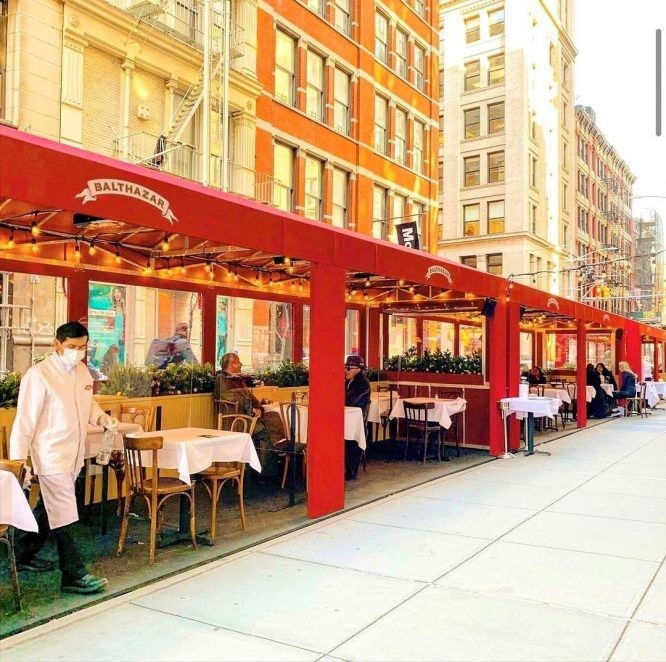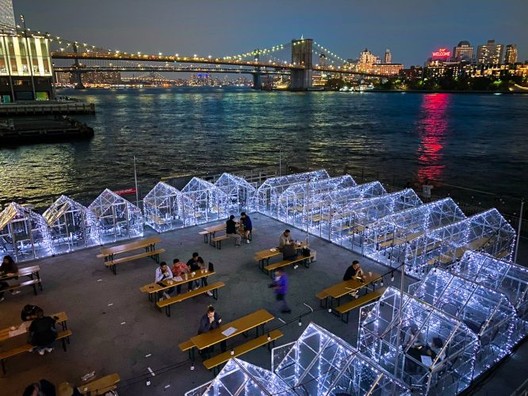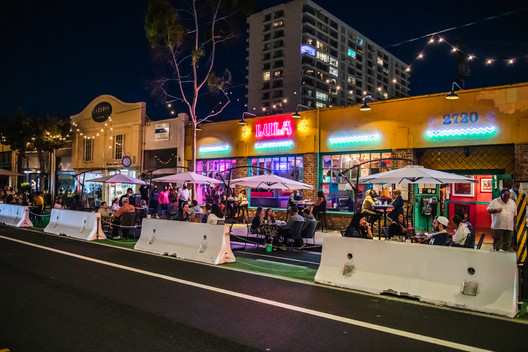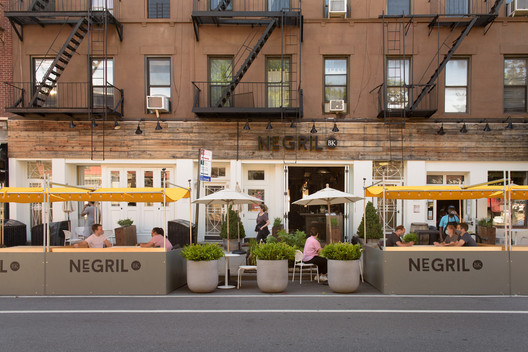
Over the last 18 months of the COVID-19 pandemic, restaurant owners around the globe have continuously suffered over the past year- especially small, independent establishments. If there’s one glimmer of hope that many of them have experienced, as public health guidelines continue to evolve, it’s that many cities have relaxed their policies and allowed restaurants to construct temporary shelters on sidewalks and in streets as a means to keep their businesses afloat. But in life after the pandemic, how should we address these setups? Should we turn them into something more permanent and allow outdoor dining to stay?









